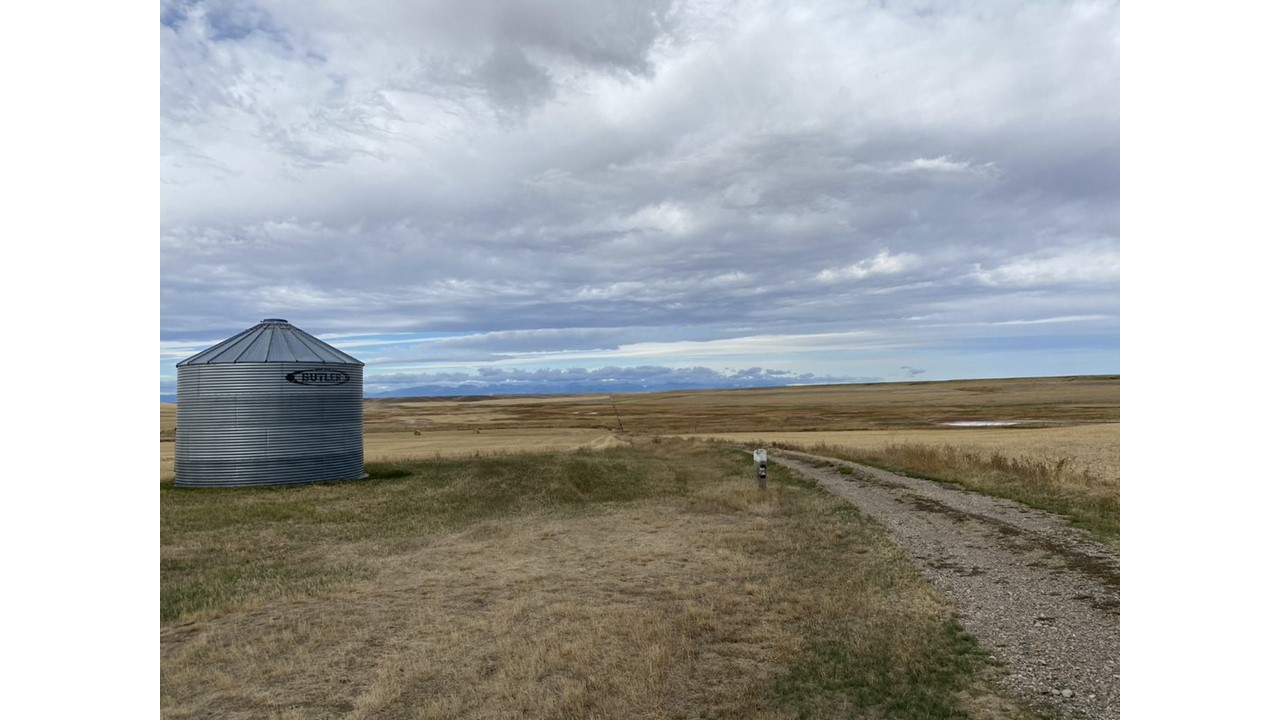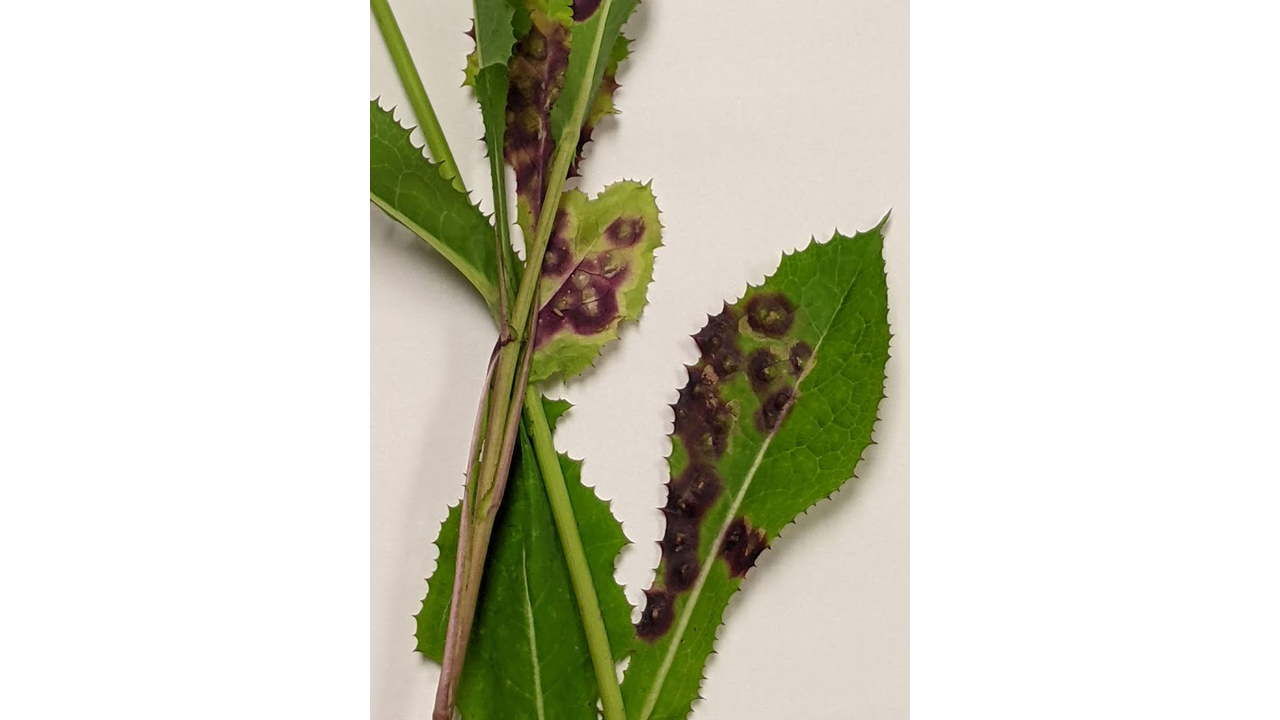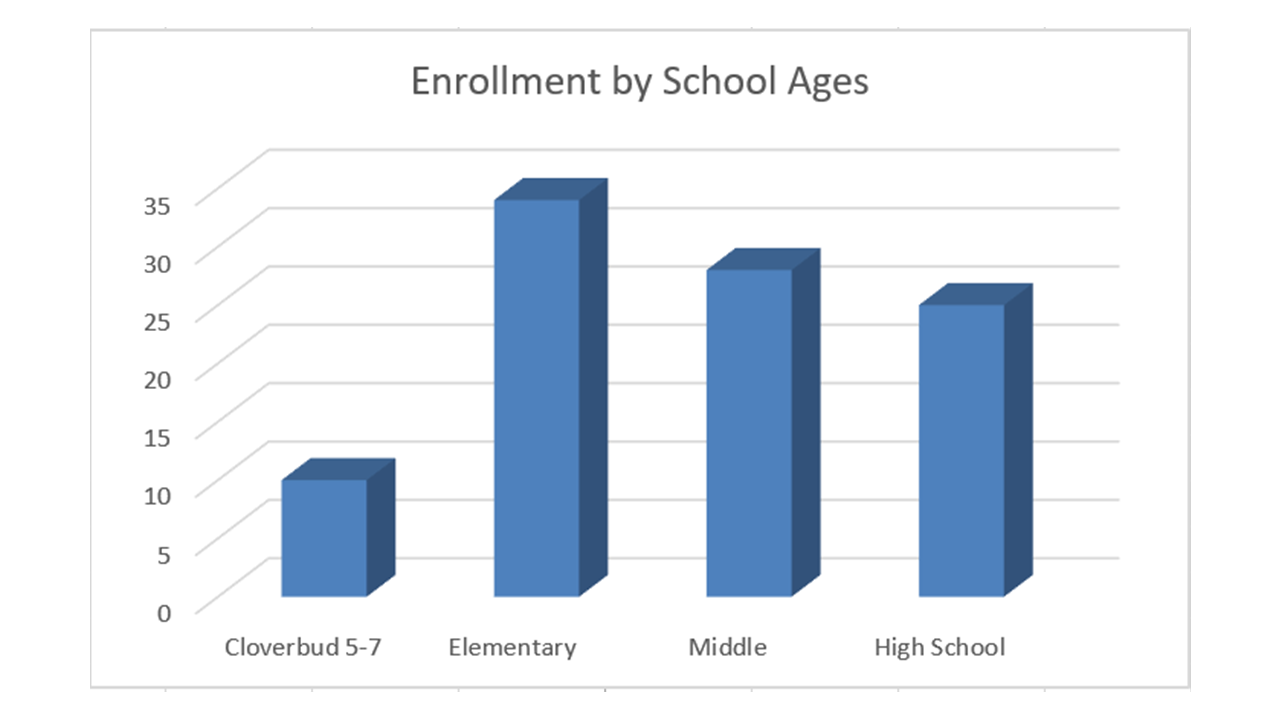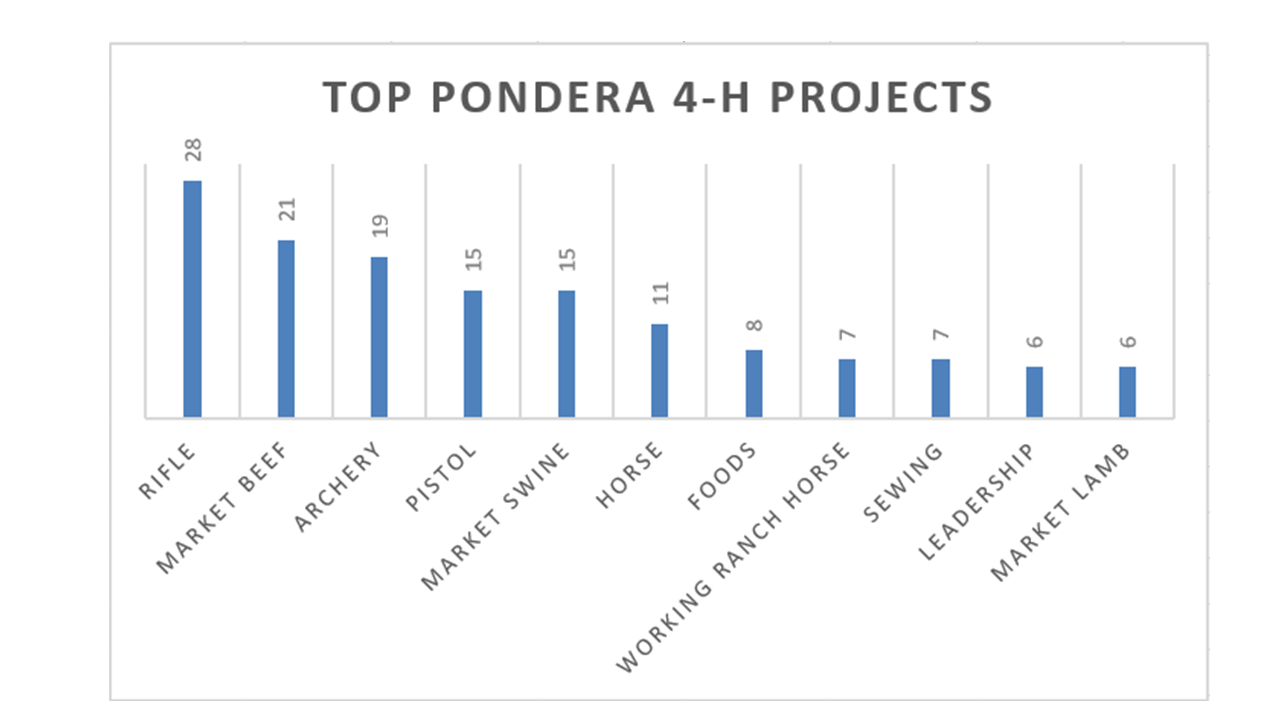
Pondera County
Welcome to Pondera County
Published: 2022By Wendy Wedum
There are approximately 950,000 acres of farmland, including pasture, irrigated and dry land. Crops include wheat, barley, pulses, oilseeds, and hay. Cattle and sheep are important agricultural products along with hogs, poultry, eggs and produce from five Hutterite Colonies. Health facilities and retirement homes are important economic contributors in Pondera County. The Logan Health - Conrad Medical Center is a modern facility and serves a multi-county area with an economic impact of over $12 million.
Workforce and Culinary Education
Published: 2022By Wendy Wedum
Other culinary classes included fermenting cabbage to make sauerkraut and how to butcher a chicken. Classes are hands-on, first demonstrating what to do, and then the students complete the action. Additional information included proper methods of cooking, safe food handling, the importance of sharp knives, equipment safety, cleaning and sanitizing before and after food preparation.
Agriculture and Horticulture
Published: 2022By Wendy Wedum
One unique sample that arrived at the office was a sowthistle plant with purple spots on the leaves. Sowthistle blossoms look similar to dandelions but are smaller. It is an annual and perennial herb that can grow to a foot or taller. A local family was foraging for the plant and discovered plants with purple spots. MSU Extension’s Schutter Diagnostic Lab confirmed the purple spots are made by a gall-making midge, a type of fly. The midge is a beneficial insect released as a biological control agent in Canada (Alberta and Saskatchewan) to control perennial sowthistle, which can reduce crop yield and push out native plants. The gall-making midge only infests sowthistle in the Sonchus genus. The Pondera sample was not the first identified in Montana but is one of a few sites where it has been confirmed in Montana.
The Pondera office completed more than 50 nitrate tests on forage during a historic drought in Pondera County. The impacts of nitrate toxicity in cattle range from reduced appetite, lower milk production and fetal loss to rapid pulse, weakness and death in cases of acute toxicity. Identifying high nitrates with the quick nitrate test and sending a sample to a lab for accurate levels is important to make the correct recommendations to producers. Due to the extreme drought conditions experienced in Pondera County, one-third of the samples were sent to a lab for more accurate results. Lab tests range from $15 to $20 per sample but are an investment in protecting the producer’s investment to prevent loss in their cattle herds.
Growing Partnerships
Published: 2022By Wendy Wedum
4-H members in Service
Published: 2022By Wendy Wedum
One of the Pondera 4-H Ambassadors, Breauna Erickson, began a leadership project to build sidewalks at the Marias Fairgrounds to help people of all ages with mobility issues. In the first year, she fundraised more than $50,000. The sidewalk project will be completed in the next 2-3 years and will link the major venues between the show barns, exhibit building, food concessions and grandstands.
Top 4-H Projects
Published: 2022By Wendy Wedum







